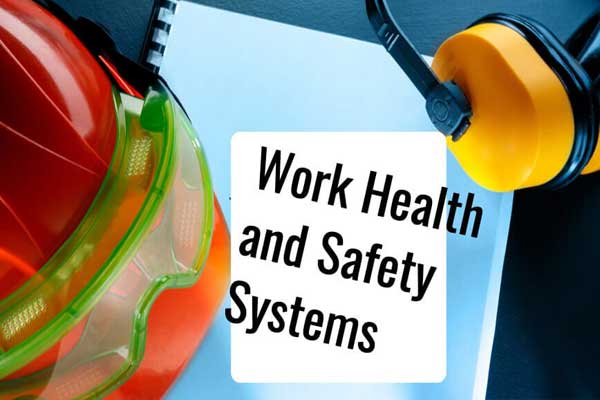Top Admin Apps for Construction Teams
Managing a construction project involves juggling many tasks, from scheduling...

We applaud your attempt to acquire an Occupational Health, Safety and Environment (OHSE) management system. These issues are highly pertinent to business expansion, employees, and our environment. However, we understand that you may be confused by the different options available. In this article, we will analyse what an OHSE management system is and offer you advice on the other elements of various systems so that you gain a better understanding of your options.
OHSE is an acronym for occupational health, safety and environment. It is a management system that is part of a company and covers occupational health and safety, environmental performance management, the health and safety policy of a company, the planning process for accident and illness prevention, the practises, resources and procedures for developing and implementing a management system that mitigates all these issues and the ongoing practises for reviewing their progress.
Essentially, this system covers the organisation, helping it plan for all OHSE-related tasks. The purpose of this system is to help managers develop unique, relevant, industry, specific and efficient strategies, as well as procedures to analyse data that keep them abreast of any changes or updates.

Similar to other management systems, the OHSE management system also comes in various shapes and sizes. Some popular formats include:
It does not matter what type of management system you choose; it must contain the following elements:
First and foremost, your organisation must prepare an occupational safety, health and environment program that fits the purpose. The second element is to create a plan that fulfils this policy. Thirdly, when implementing the policy to meet its objectives and targets, you must ensure that you have adequate resources, including staff motivation, financial resources, training programmes, and awareness. Measuring performance against health, safety and environmental standards will allow you to identify discrepancies. Additionally, reactive or self-monitoring can allow you to respond efficiently to accidents, incidents or ill health. Auditing and reviewing performance will allow you to cover all legal responsibilities, conduct an external comparison with the performance of business competitors and incorporate best practices into your operations.

Most small businesses are low-risk and draw up a safety statement, which is a written document specifying how the organisation will minimise, mitigate and manage all OHSE risks. It outlines the risk assessment and control measures taken in the workplace to minimise all OHSE risks.
Edara Software helps organisations stay on top of their OHSE issues by focusing on regulatory compliance while lowering costs. Edara Software is a cost-effective cloud-based platform that provides you with the ability to control all your important policy documents. Our staff training templates ensure that you are at par with industry giants. Additionally, key features in our software platform include document and training management, audit and inspection management, incident management and compliance management, helping you save time and money.
Occupational health, safety, and environmental issues negatively impact the health of employees and the environment in which the organisation works and business expansion. Appropriate OHSE management includes building a policy fit for purpose, planning, implementing, measuring performance, auditing and reviewing performance.
Comments